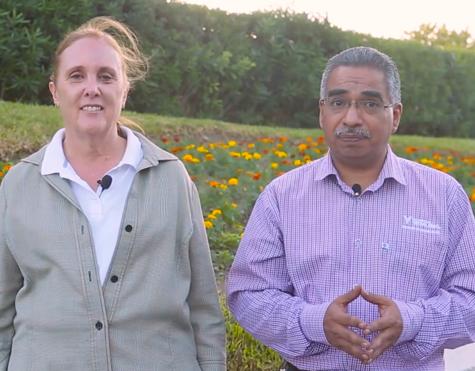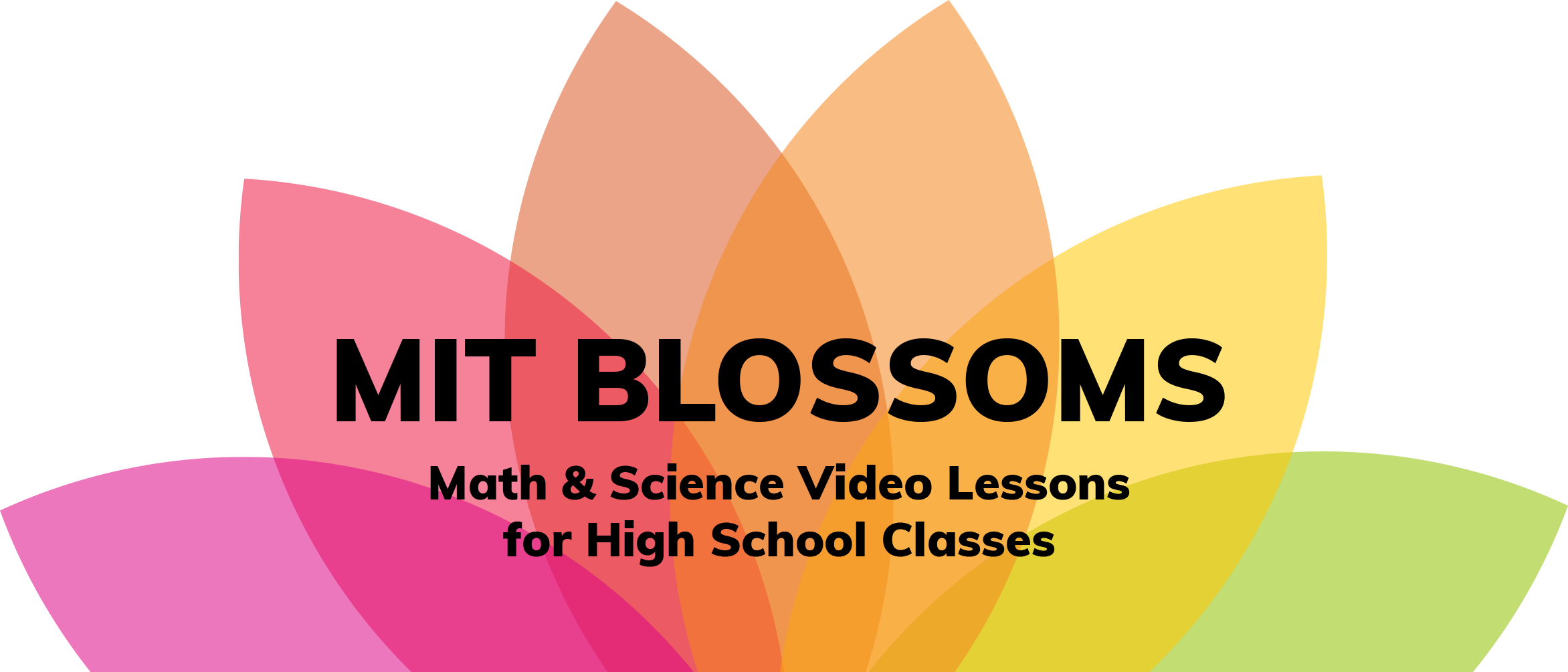Successive Approximations as a Tool to Measure Distances
Successive Approximations as a Tool to Measure DistancesSpanish

Topic
MathematicsInstructors
MC Héctor Ochoa Grimaldo
Teacher Coordinator of the Business and FLEX area
Online Professor in the areas of Mathematiccs and Statistics
Tecmilenio Online
Monterrey, México
MCC. Lorenza Illanes Díaz Rivera
Online Professor of Mathematics and Computation in JAVA
Doctoral student at the Tecnológico de Monterrey
Tecmilenio Online
Monterrey, Mexico
Aproximaciones sucesivas como una herramienta para medir las distancias
MC Héctor Ochoa Grimaldo
Coordinador de Profesores del Área de Semestre Empresarial y FLEX en Tecmilenio Online
Profesor Online de las áreas de Matemáticas y Estadística en Tecmilenio Online
Tecmilenio Online
Monterrey, México
MCC. Lorenza Illanes Díaz Rivera
Profesora Online de Tecmilenio en las materias de Matemáticas y Computación en JAVA (Normal y avanzado)
Estudiante Doctoral del Tecnológico de Monterrey
Tecmilenio Educación Online
Para la traducción al español, consulte la pestaña "Biografía" a continuación.

